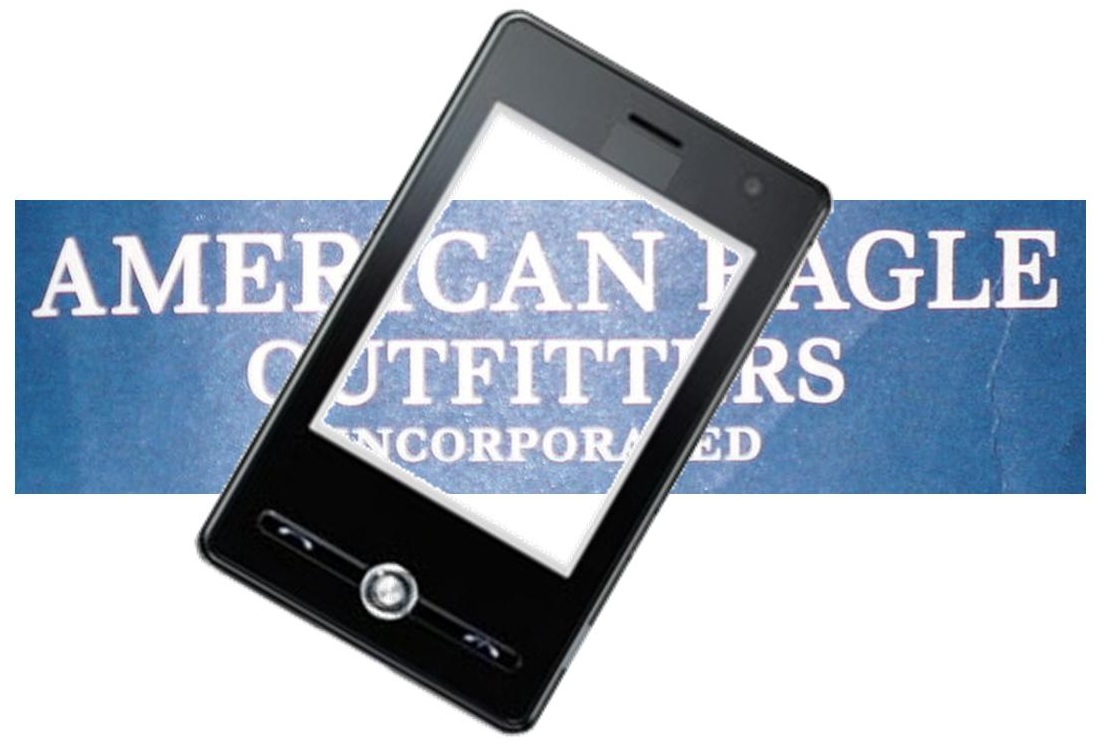 Mobile commerce becoming a major aspect of retail
Mobile commerce becoming a major aspect of retail
Accenture, a leading market research firm, has released a new study concerning the preferences consumers have in the realm of online shopping. The Seamless Retail Study highlights these preferences, showing that many consumers favor their mobile devices to shop for and purchase products online. Mobile commerce is growing increasingly common, especially in the retail industry, due to the convenience it offers to consumers. Many consider using their smartphones and tablets to shop online is simple more efficient than other forms of shopping.
Survey shows consumers are likely to use mobile devices to shop
The study includes a survey, which notes that 88% of consumers claimed to have participated in “webrooming,” a practice similar to showrooming wherein consumers browse for products on the Internet before purchasing products in a physical store. The survey also shows that approximately 43% of consumers have plans to shop online more frequently in the future, with 23% of these consumers noting that they plan to use their mobile devices to shop.
Mobile commerce offers more convenience to shoppers
The study suggests that consumers are becoming increasingly interested in a seamless shopping experience, wherein they can find and purchase the products they are interested online and pick up those products as soon as possible. Mobile commerce is somewhat accommodating of this trend, as it enables consumers to make a purchase from their mobile device and, in some cases, retrieve their purchased products from a physical store. Amazon has recently begun offering such a service, which has been well received by consumers interested in mobile commerce.
Retailers may have to work harder to engage a changing consumer base
The study claims that retailers may need to combine their store, online, and mobile shopping channels in order to appeal to a changing consumer base. More people are getting their hands of high-end smartphones and tablets, making them more mobile-centric. As such, retailers that do not appeal to consumers on a mobile level could stand to lose significant ground with these people as mobile commerce becomes more prolific.

 American Eagle Outfitters makes it into the Keynote Systems top 10 out of 30 sites.
American Eagle Outfitters makes it into the Keynote Systems top 10 out of 30 sites.